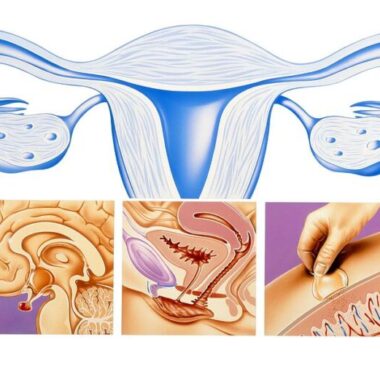PEMF RESEARCH LIMITATIONS

There have been over 2,000 university level double-blind medical studies done on the effectiveness of pulsed electromagnetic field therapy for specific health conditions, and tens of thousands on the more general actions of magnetic fields on cells and tissue. Most of the devices used in clinical research are not commercially available and most studies are done using systems that were created by the research team doing the study itself. Translating the results of these studies into practical use in a home or clinical setting involves limitations, and remains difficult and requires technical and medical expertise.
On one hand, this is ideal. It means that the research was done responsibly and was not funded by a single manufacturer looking for proof of value for a brand name. On the other hand, it is frustrating for a consumer, because decision-making processes are made easier by brand-specific studies.
It’s also worth noting that there is very little comparative research done on given aspects of PEMF systems. For example, if a study finds that 10Hz is ideal for a given condition, that doesn’t necessarily mean that 50Hz or 1,000Hz wouldn’t be just as good or better. Since most of the biological actions that happen as a result of PEMF therapy are more closely tied to intensity, that aspect is more heavily researched than frequency or waveform.
THE ALTERNATIVES
The alternative and complementary medicine industry, like most others, is also susceptible to the competing, sometimes contradictory claims made by various manufacturers. In truth, there is a great deal of overlap between brand name PEMF devices in terms of what actions they will have on the body. Many biological processes are not dependent upon a specific frequency or intensity, for example, but will improve with any therapeutic magnetic field stimulation when applied correctly and considering the underlying condition of the body being treated.
Further complicating the research done on PEMFs is the fact that, practically speaking, they should almost always be considered a complementary therapy, added to a regimen including healthy eating, physical therapy, or even pharmaceutical use. Because PEMF therapy works on such a basic level in the body, its effects are many. This makes it difficult to pinpoint a PEMF-induced change in a single biological or chemical process responsible for an improvement in a symptom or disease state.
We must use the information gained from quality research studies and combine it with the observed outcomes from the thousands of consumers using these devices in their home. Only then can we make recommendations to individuals seeking to improve their own complex health conditions.
Dr. Pawluk will continue to review new research as it is published. For the most recent updates, check the Health Conditions page.










